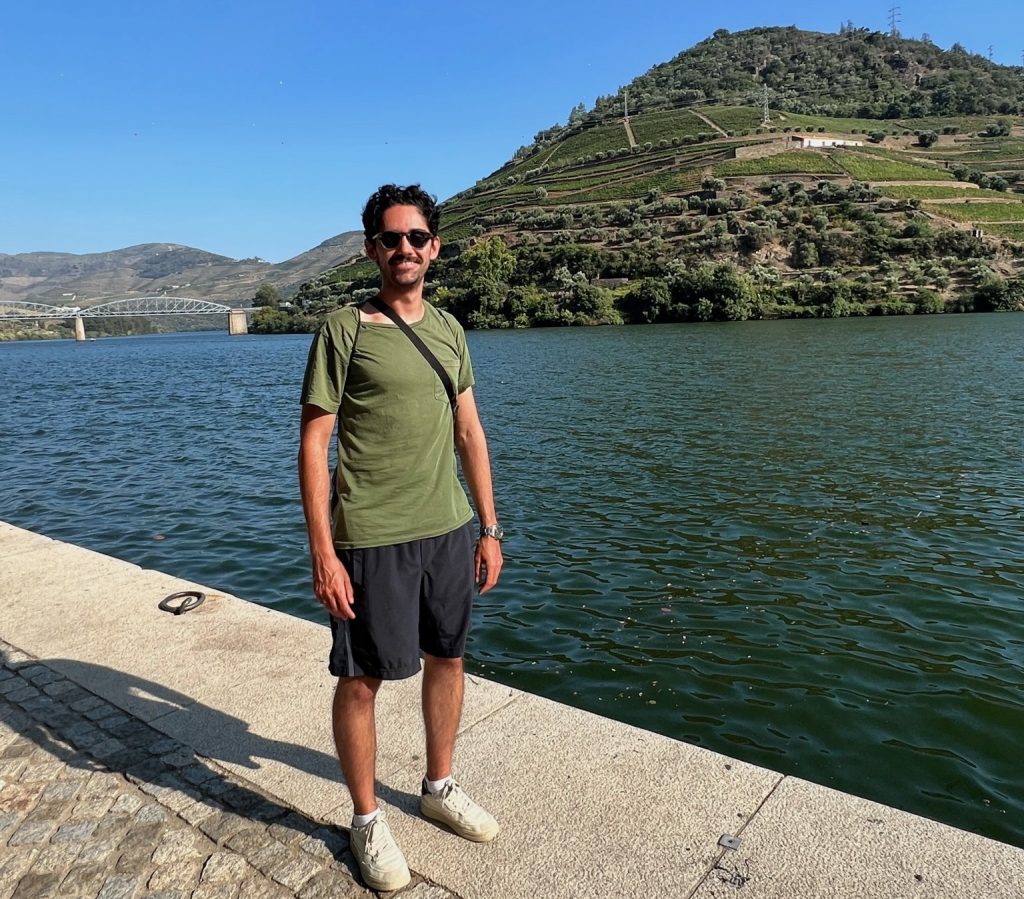
Redesigning electricity rates
Graham Turk is second year TPP student interested in clean energy policy. He previously worked at the Vermont utility Green Mountain Power (GMP), where he helped design and administer innovative programs in areas such as electric vehicle charging, energy storage, and demand flexibility. Graham has a bachelor’s degree in computer science from Princeton University and was a Fulbright scholar at the Royal Institute of Technology in Stockholm. He can sub in to play goalie at your weekly hockey skate with at least 4 hours’ notice!
What is the focus of your research? What sort of knowledge and disciplines does it bring together? How will it make an impact?
My research with the MIT Energy Initiative focuses on redesigning electricity rates to accelerate the adoption of heat pumps and electric cars. Electrification is one of the keys to decarbonization, yet in many parts of the US, we pay for electricity the same way people did 100 years ago: based on total monthly consumption. This structure fails to promote “demand flexibility,” making it possible for users to shift their consumption to times when the grid has extra capacity. With smarter rates, it should be possible to reduce the cost of electrifying our heating and transportation sectors while avoiding unnecessary investments in the grid. The research involves a combination of optimization and regulatory policy analysis. I also write a blog (thepowertrip.substack.com) to explain my work to a non-technical audience!
This summer you were a visiting researcher at Universidad Pontificia Comillas in Madrid. Who did you work with and what did you do?
My advisor, Pablo Dueñas Martínez, has a joint appointment with MIT and Comillas and was kind enough to invite me to spend the summer in Madrid (he didn’t have to ask twice!) While I was there, I continued my research on electricity rate design and started investigating the technical impacts of electric car charging on the electric distribution grid using a model developed by Comillas and the National Renewable Energy Laboratory. I also had the privilege to learn from researchers at Comillas working on similar topics like local electricity markets and utility regulation in the European context, answering questions like, “How can we provide utilities with better incentives to support the deployment of wind and solar generation?”
How does the experience at Comillas connect with your future plans?
Learning about European approaches to rate design solidified my sense that there are better alternatives to what we have in the US. After TPP, I am hoping to work at a state public utility commission to push for those alternatives. While rate design may seem like an esoteric topic with little impact on our everyday lives, we need to get it right if we want to decarbonize rapidly!



